Nonparametrics for Sensory Science —— A More Informative Approach
----- 感官科学的非参数
Sensory evaluation is the perception science of the food industry. Sensory data can be costly to obtain and so gleaning the most information possible from the data is key. Increasingly, value is added to sensory evaluation by the use of statistics, especially to improve the quality of product development and to make the most of market research. Nonparametrics for Sensory Science is written to complement existing parametric methodology. Nonparametric methods are appropriate when facts are only available in nominal or ordinal form, and when the model assumptions necessary for parametric procedures do not hold. Author Rayner and his colleagues consider problems including the most commonly occurring and important experimental designs: the one-sample, k-sample, blocked samples, samples with factorial structure and samples with correlation structure. Innovative new techniques are outlined and complemented with real examples. Techniques described may be applied to data where the traditional, most frequently applied nonparametric tests, such as the Kruskal-Wallis, the Friedman and the Spearman tests, are applied. Those familiar with traditional nonparametric testing will be able to update their knowledge, acquiring powerful new methods. Those without prior knowledge of nonparametric testing will be able to acquire that knowledge through this book. Aimed at sensory scientists and statisticians interested in nonparametrics, the techniques of Nonparametrics for Sensory Science are of broad general interest, but are of particular interest in sensory evaluation applications.
{{comment.content}}
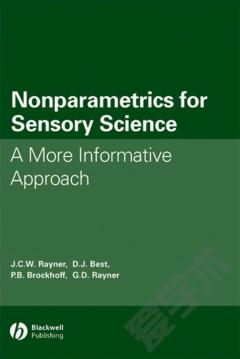
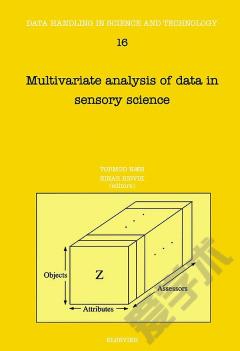

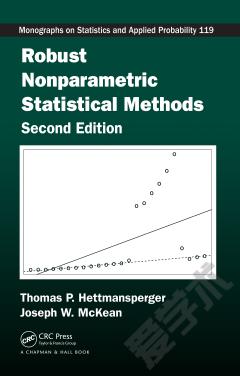

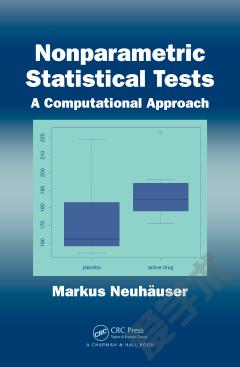
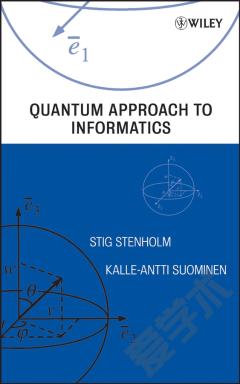

 京公网安备 11010802027623号
京公网安备 11010802027623号